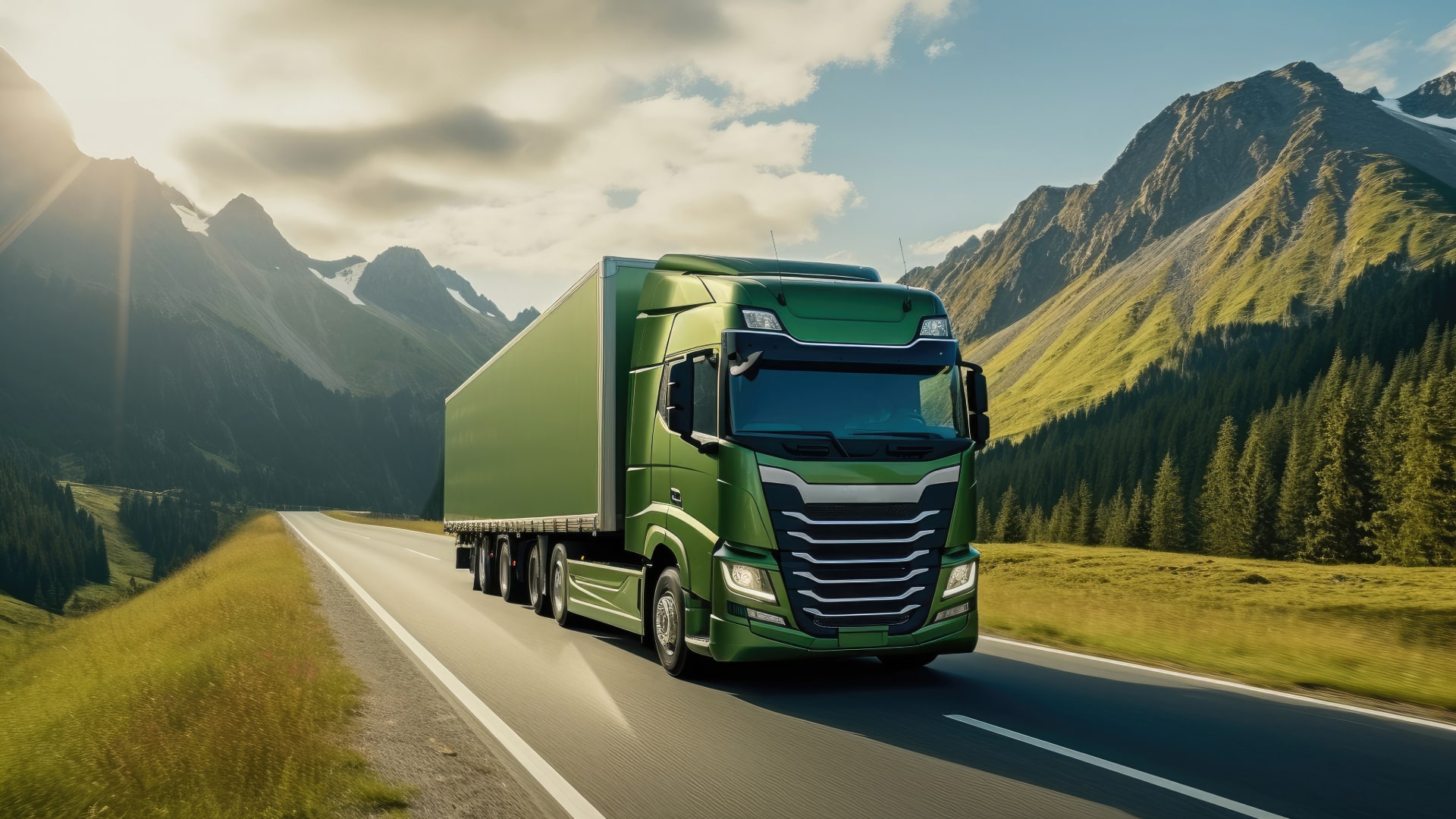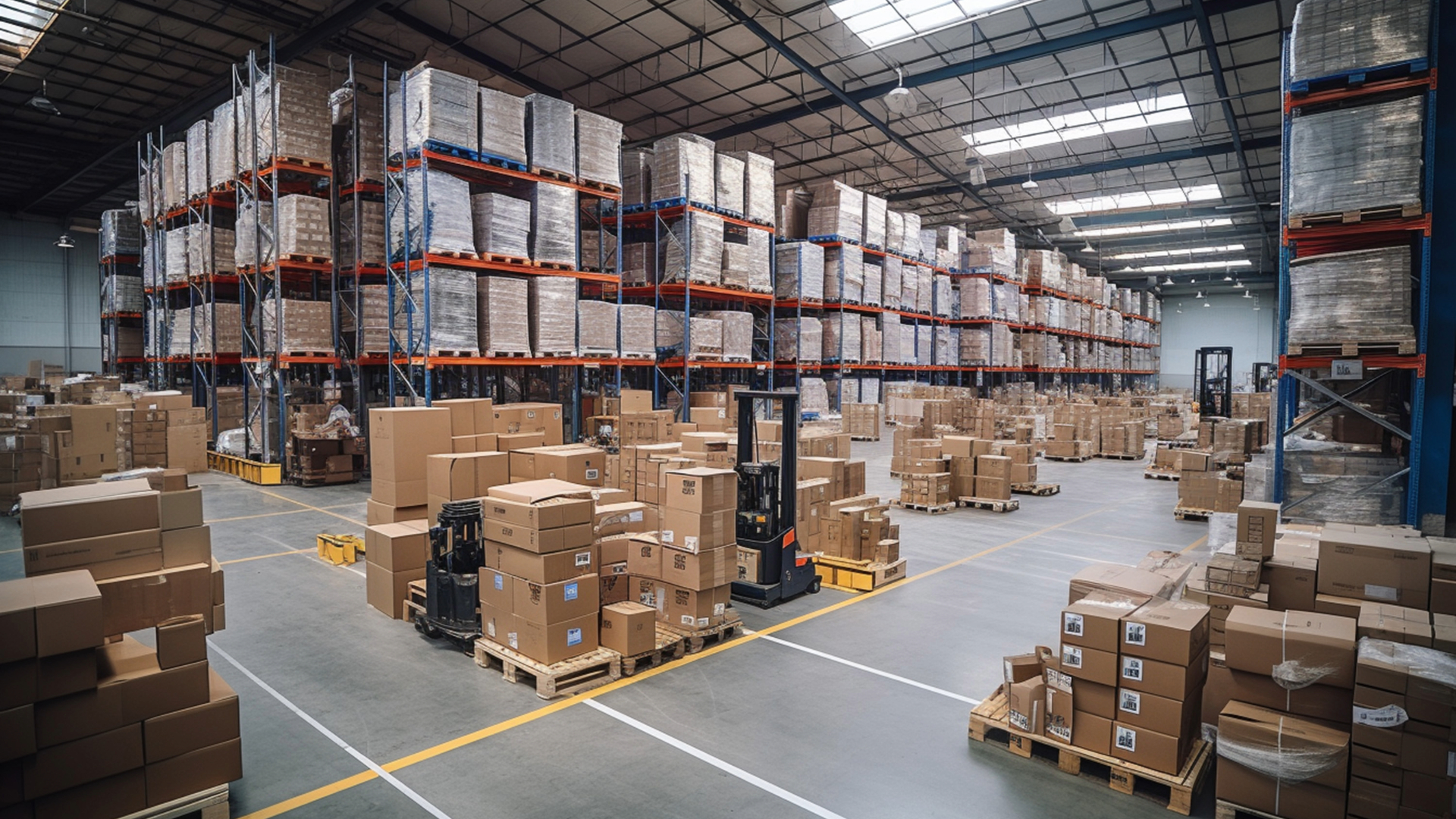In the logistics industry, the traditional linear model of “take, make, and dispose” is rapidly losing ground to more sustainable approaches.
One of the most promising alternatives is circular economy logistics, which focuses on reducing waste, reusing resources, and creating long-term value. For transport companies, embracing circular economies isn’t just about doing what’s right for the environment—it’s a smart business move that can reduce costs and improve efficiency.
In this article, we’ll explain how circular economy logistics works, why it matters for your haulage business, and how you can implement these principles to improve operations.
Understanding circular economy logistics
Before diving into the benefits, it’s important to understand what it is and how it differs from traditional methods.
What is the circular economy?
A circular economy moves away from the traditional “take, make, dispose” model by focusing on recycling, reusing, and refurbishing materials and products. It aims to keep resources in use for as long as possible, extracting maximum value from them before recovering and regenerating products and materials.
In logistics, this means moving goods in a way that supports these goals—such as by collecting used products for repair or recycling and reducing waste in transport processes.
Why circular economy logistics matters for haulage companies
For haulage companies, circular economy logistics offers several benefits. By focusing on reducing waste and reusing materials, you can cut operational costs, increase efficiency, and reduce your fleet’s environmental impact. With growing customer demand for more sustainable logistics solutions, implementing these practices can also boost your business reputation and help you stand out in a competitive market.
Moreover, adopting circular economies aligns with the broader push for sustainable logistics and positions your business to meet future regulatory standards and customer expectations.
How circular economy logistics works in practice
Shifting to circular economy logistics might seem challenging at first, but practical steps can make it a seamless transition for haulage companies.
Reverse logistics and its role in circular economies
One key element of circular economy logistics is reverse logistics. Unlike traditional logistics, which focuses on moving products from the supplier to the customer, reverse logistics handles the return journey. This could involve collecting goods for recycling, refurbishment, or resale.
Haulage companies can benefit from reverse logistics by making use of empty return journeys. Instead of returning with empty trucks after delivering a load, companies can transport recyclable materials, defective products, or items meant for refurbishment. This reduces wasted trips and cuts down on fuel consumption, making your fleet more efficient.
Optimising routes to support circular logistics
Effective route planning plays a huge role in supporting circular economy logistics. By optimising routes, you reduce unnecessary mileage, cut down on empty journeys, and improve fuel efficiency. Telematics systems and carrier management software can help track vehicles in real-time, identify fuel-wasting routes, and find opportunities for more efficient journeys.
Adopting these technologies can also help you reduce your fleet’s fuel consumption, further contributing to your sustainability efforts. With better route planning, your fleet spends less time on the road, consuming fewer resources and contributing less to environmental damage.
Steps to implement circular economy logistics in your business
Adopting circular economy principles doesn’t require a complete overhaul of your current operations. You can start small by focusing on a few core areas and expanding as you see the benefits.
Reducing waste and maximising resource use
One of the easiest ways to begin implementing circular economy logistics is by looking at areas where your business generates waste. Can you reuse materials like packaging? Are there opportunities to repair or refurbish equipment rather than replacing it?
By minimising waste and reusing resources, your company can cut costs and improve sustainability. Many successful haulage companies have reduced waste by incorporating haulage solutions like using return loads, switching to sustainable logistics models, and reducing emissions through better vehicle maintenance.
Collaborating with customers and partners
Circular economy logistics requires a collaborative effort. Haulage companies can work closely with customers, suppliers, and other partners to build a circular supply chain. For example, customers might want to return packaging materials and pallets for reuse, or suppliers may need help transporting used products for recycling.
Strong partnerships can help you better integrate circular logistics into your operations and create long-term value. Being part of a sustainable supply chain can also help you meet requirements like FORS accreditation, which recognises businesses committed to safer and more sustainable logistics practices.
The future of circular economy logistics in haulage
As more businesses recognise the benefits of circular economies, the haulage industry will need to evolve to keep pace. Understanding future trends and preparing for industry shifts now will help your company stay competitive.
Preparing for industry trends and regulations
The logistics sector is already seeing increased demand for sustainable solutions. In the coming years, regulations will likely tighten around emissions, waste management, and resource use. Haulage companies that adopt circular economy logistics now will be better positioned to meet these demands.
By staying ahead of the curve, you not only meet legal requirements but also appeal to environmentally conscious customers looking for greener solutions.
Long-term benefits for haulage companies
The long-term benefits of circular economy logistics go beyond just cost savings. By focusing on sustainable practices, you’re creating a business model that is more resilient and adaptable. As customer preferences shift toward eco-friendly options and governments continue to push for sustainable practices, your company will stand out as a leader in circular economies.
Building these principles into your operations now also helps reduce your environmental impact and improves profitability over time. By reducing waste, reusing materials, and cutting unnecessary fuel consumption, you’ll achieve a more efficient, future-ready business.
Conclusion
Circular economy logistics offers haulage companies a clear path toward reducing costs, improving efficiency, and staying competitive in a changing industry. By focusing on reverse logistics, optimising routes, and collaborating with customers, you can implement these principles in your business without major disruption.
As the push for sustainable logistics continues to grow, companies that embrace circular economies will be better positioned for success. Start small by reducing waste and reusing materials, and watch as the long-term benefits transform your haulage operations.
Find reliable carriers and cut your costs with Haulage Exchange
Sign upThe article was published on .






